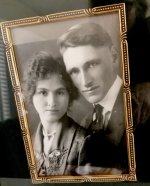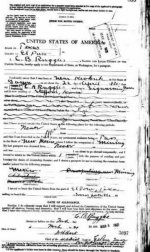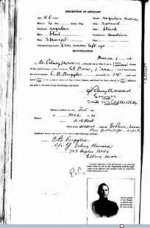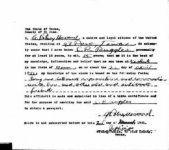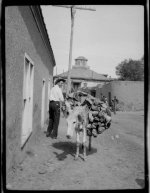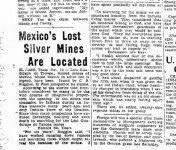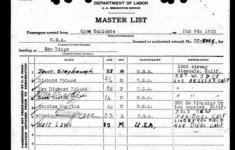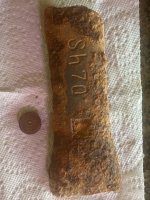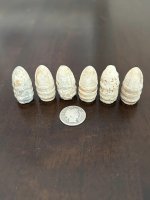research guy
Jr. Member
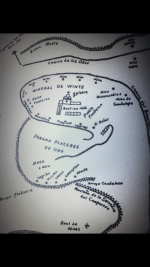
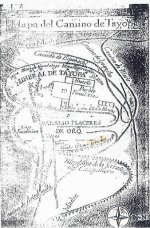
Can someone please offer me an explanation for why these individual hand drawn maps are displaying the same information, but one seems to portray Tayopa while the other doesn?t?
Is there a problem here that is currently known, where one of these is an imposter, or is it simply two separate identities for the same site?


